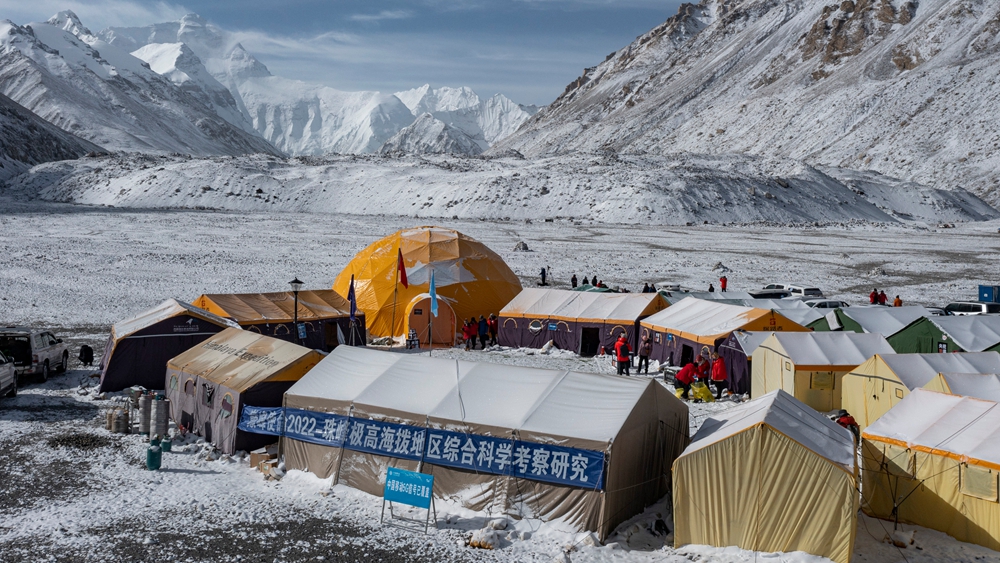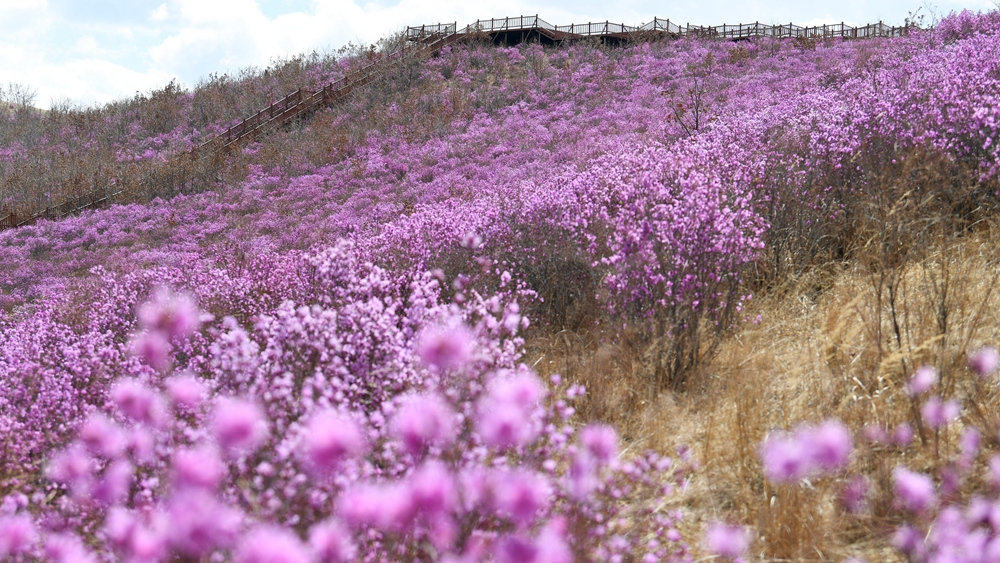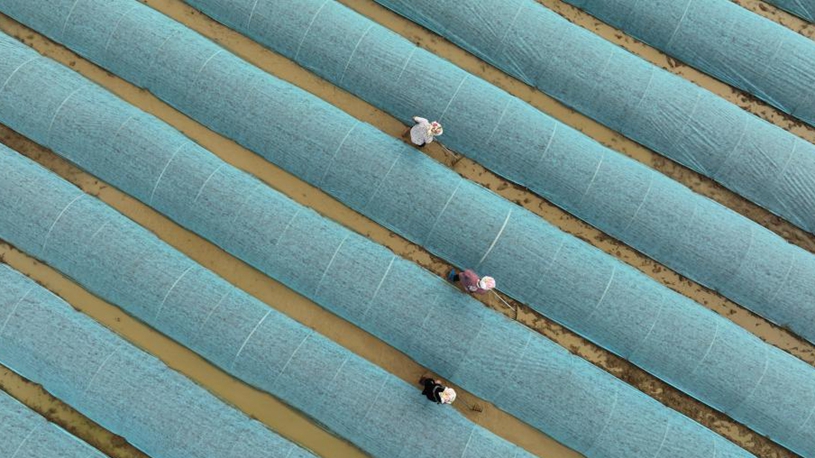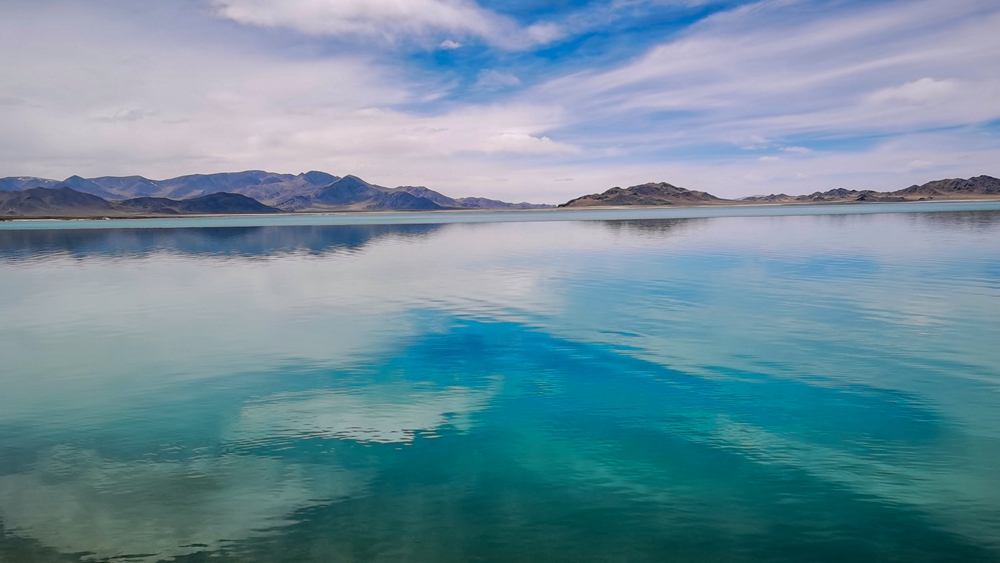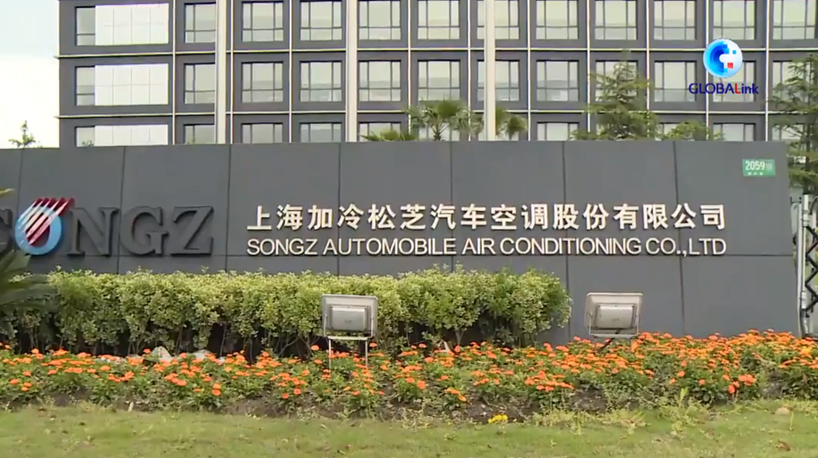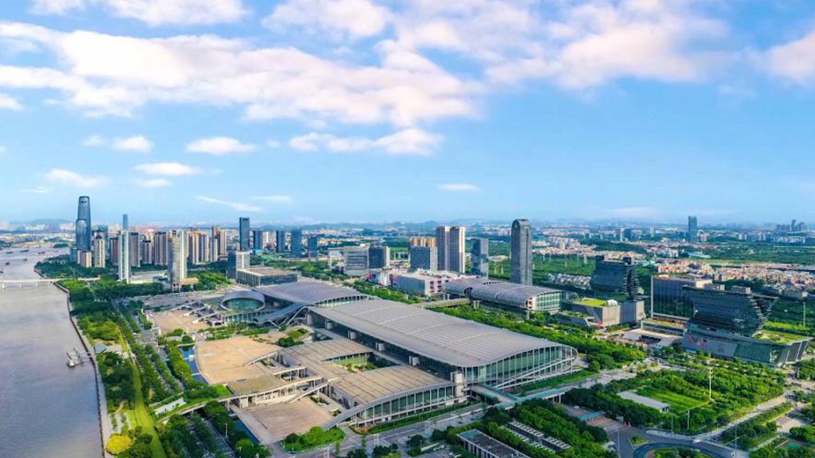
Staff members check equipments of the Dalad Photovoltaic Power Base in Dalad Banner, north China's Inner Mongolia Autonomous Region, April 20, 2022. (Xinhua/Liu Lei)
HOHHOT, May 2 (Xinhua) -- In north China's Inner Mongolia Autonomous Region, the rugged surface of an exhausted coal mine has received a major face-lift, newly populated by 1.12 million photovoltaic modules, beneath which numerous plants are flourishing.
The scene represents a workable solution to the question of how to restore areas scarred by years of coal mining in a way that balances ecological health with economic needs.
The Boortai Coal Mine, located in Ejin Horo Banner, city of Ordos, started mining operations in 2006. Owned by China Energy Shendong Coal Group Co., Ltd., it covered an area of 192.63 square km.
These days, the mining has stopped, but energy is still being produced, this time with greater focus on the ecological environment.
Guo Jun, a 56-year-old villager from the area, described the situation before the photovoltaic power station was built. "Coal was mined below ground and the surface was full of ravines. Although the company made greening efforts, the area still looked desolate," said Guo.
The company's solution was to combine ecological restoration with a solar-power generation base, thereby creating a situation with ongoing economic viability. The area, which has produced 175 million tonnes of coal, now boasts an annual solar-power generation capacity of 900 million kWh.
"The Boortai subsistence area is the company's largest contiguous coal-mining subsidence area. The company has been exploring how to improve the land and balance ecological and economic benefits," said Li Qiang, deputy chief engineer of the company's eco-environment center.
Inner Mongolia is rich in solar-energy resources. In 2020, the regional government issued a policy to support the construction of photovoltaic power stations in coal-mining subsidence areas.
Zhao Ming, deputy director of the natural resources department of Ejin Horo Banner, said that the mining area in Boortai boasts about 3,000 hours of sunshine per year on average, providing favorable conditions for the development of photovoltaic power-generation projects.
In addition to Inner Mongolia, other coal producing areas, such as Shanxi and Anhui provinces and the Ningxia Hui Autonomous Region, have introduced photovoltaic power generation projects to reclaim mined-out land.
Like many fellow villagers, Guo has participated in building photovoltaic panels, planting grass and trees, leveling the land and irrigation.
"The daily salary is about 220 yuan (about 33.3 U.S. dollars). I earned more than 40,000 yuan last year," Guo said.
The power station operator has built cattle farms using alfalfa and other crops planted under the photovoltaic panels as breeding feed, providing a stable source of income for the locals.
Inner Mongolia has seen the total installed capacity of new-energy power-generation facilities exceed 50 million kilowatts, accounting for over a third of the region's installed power-generation capacity. More than a fifth of Inner Mongolia's total electricity consumption comes from new-energy resources.
Compared with the same amount of thermal power, the total emission reduction of Inner Mongolia's new-energy generation is equivalent to 180,000 hectares of afforestation. ■

